When it comes to molding choices for manufacturing, there are a few distinct ways to consider. The two most prevalent are blow molding and injection molding. However, before you start looking into alternative molders and manufacturers, you need to be aware of the distinctions between these two methods. Here’s a simple guide to help you distinguish:
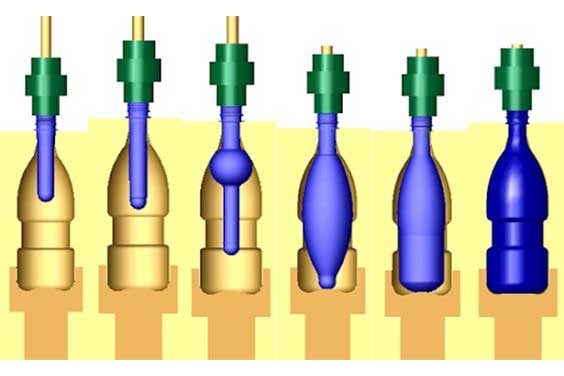
The blow molding technique is similar to that of glass blowing. The blow molding method is intended for the production of high-volume, one-piece vacuous products. This is the method to use if you need to produce a large number of bottles. Blow molding produces thin-walled containers with highly homogeneous walls. And it can do so extremely cheaply.
Blow molding has numerous different advantages, which include:
With blow molding, a plastic tube is warmed and filled with air till it resembles a heated plastic bubble known as a “parison.” A mold is then fastened around this, holding the polymer while the air fills the parison into the form of the part. The mass of the polymer shot used for the mold determines the size of the equipment and the related expenses for producing a blow-molded object.
Because each mold half produces its unique wall shape, blow molds allow for more design flexibility between molded halves. The creation of the mold is crucial in blow molding, but there are other elements to consider such as wall thinning, air leakage, flash, and streaking.
For example, variation in wall thickness is frequently an important aspect for product designers to address. Quality control is an essential component of the process. Furthermore, it is critical to seek a supplier who is certified and trained to evaluate, monitor, and improve all aspects of the product.
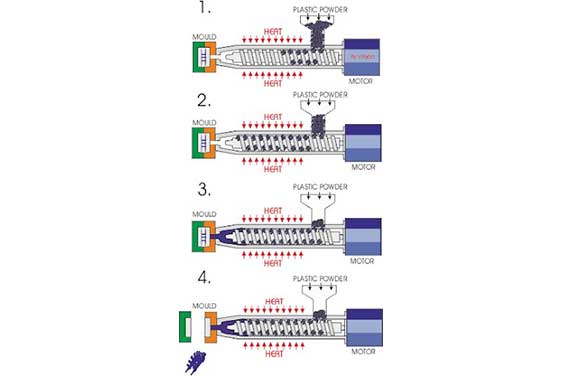
Injection molding necessitates extensive upfront development to create precise equipment or molds. Molds made of stainless steel or aluminum are injected with molten plastics at high temperatures and high pressures. After that, the molds are cooled to produce full plastic components.
Plastic injection molding has numerous specific advantages of its own, including the following:
Plastic injection molding is suited for large orders and mass manufacturing in projects that require dozens or even millions of identical parts. Injection molds must have a high accuracy match between mold halves to regulate material flow precisely. The key to producing a flawless, precision component using injection molding is the creation of the mold. Manufacturing is initiated whenever the production mold is completed and the machine is prepared.
Now that we have a clear understanding of each of these two forms of molding, let’s take a look at the things that make them so different from one another.
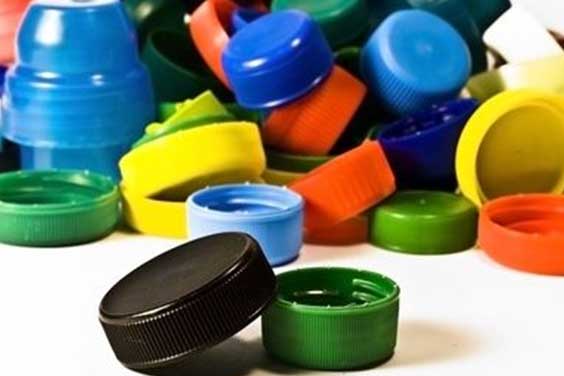
The type of product formed is the primary distinction between injection molding and blow molding. Often, blow molding is used to create hollow, one-of-a-kind objects such as bottles. Injection molding, on the other hand, is useful for creating solid items such as plastic goods. In the end, blow molding is all about producing a hollow object.
This is a method that has been practiced for hundreds of years, with the exception that blow molding began with a manual twist and physically blowing, or forcing, air into the object.
Injection molding is compatible with high-precision component manufacturing applications. The method is most often used in the production of hundreds of millions of the same part, which can range from bottle caps, combs, and mobile phone covers to auto components and hospital equipment.
Blow molding is a low-cost method of producing homogeneous, thin-walled hollow parts, such as bottles, for application in a variety of sectors, including consumer goods, automobiles, medical, and pharma.

This is also a significant difference between blow and injection molding. During the injection molding process, the plastic is enclosed in the injection chamber and mold. However, with blow molding, blowing begins after the mold is withdrawn from the plastic, allowing for more freedom for the blowing to enlarge the product to the required, ultimate size.
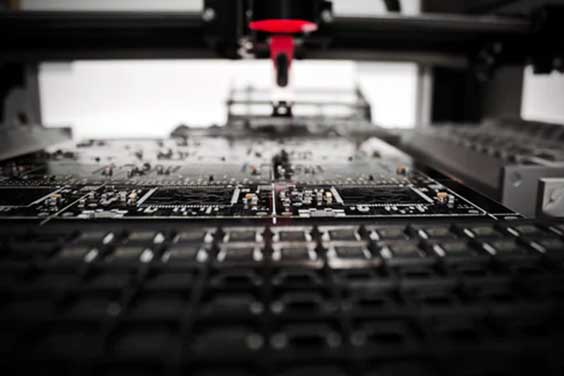
Injection molding’s deadliest enemy is air. If air is included during the manufacturing process, it might result in the formation of air pockets or bubbles. These anomalies cause weak areas in the product, causing it to become faulty and, most likely, discarded.
The blowing process relies heavily on the air. Blow molding works by forcing air into the mold to push out and expand the result. The mold can only retain so much air before splitting and creating holes in the molten result. Ultimately, though, blow molding cannot be performed without the presence of air.
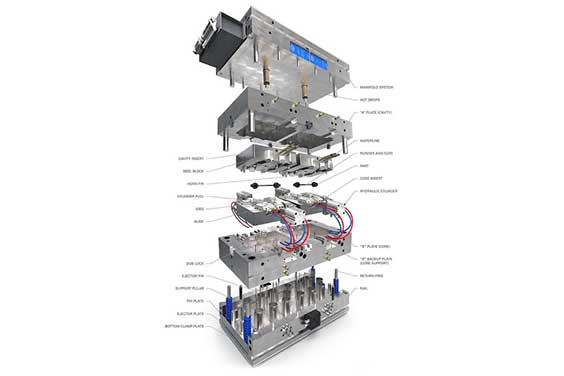
To regulate material flow properly, injection molds should have a high accuracy match amongst mold halves. The creation of the mold is 90% of the struggle in injection molding. The rest of the procedure should be very routine after you have a working, error-free mold. In general, the accuracy of an injection mold renders it more costly than a blow mold.
To regulate material flow properly, injection molds should have a high accuracy match amongst mold halves. The creation of the mold is 90% of the struggle in injection molding. The rest of the procedure should be very routine after you have a working, error-free mold. In general, the accuracy of an injection mold renders it more costly than a blow mold.
Because each mold half produces its unique wall shape, blow molds allow for more design flexibility between mold halves. The mold is only half the battle when it comes to blow molding. Wall thinning, air leakage, flash, and streaks are all characteristics that must be watched. For instance, variation in wall thickness is frequently an important aspect for design engineers to consider.
Both procedures rely heavily on quality control. It is critical to work with a supplier who has a quality staff that is educated to measure, manage, and enhance every characteristic of the design.
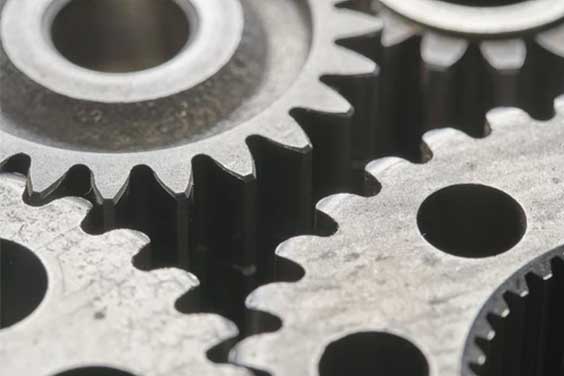
The level of pressure necessary to keep the mold intact determines the size of the equipment and the cost of creating a product in injection molding. The mass of the plastic “shot” used for the mold determines the size of the equipment and the related expenses for producing a blow-molded object.
Are you creating a product that will necessitate the use of molded plastic parts? Depending on the component design and use, manufacturers use a variety of methods to make molded plastic parts. Injection molding and blow molding are the two most common methods for producing high-quality, low-cost plastic parts and products, although they are employed for various purposes and have distinct needs.
The above article has substantially described each of these forms. Now that you understand the distinctions between the two molding processes, you will have an easier time selecting what equipment and molding to purchase, as well as molding manufacturers to choose, based on the items you intend to create. Have fun shaping!!
+86-755-8524 1121
marketing@rydtooling.com
No. 2, HongKan 1st Road, YanChuan Community, YanLuo Street, BaoAn District, ShenZhen City, China. Post Code 518105.
Subscribe to our newsletter to get manufacturing news and updates!
